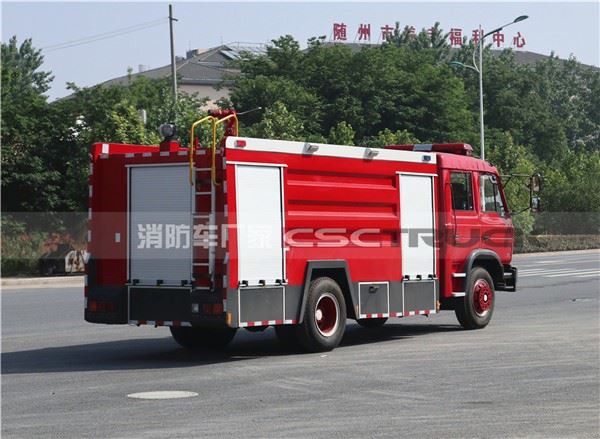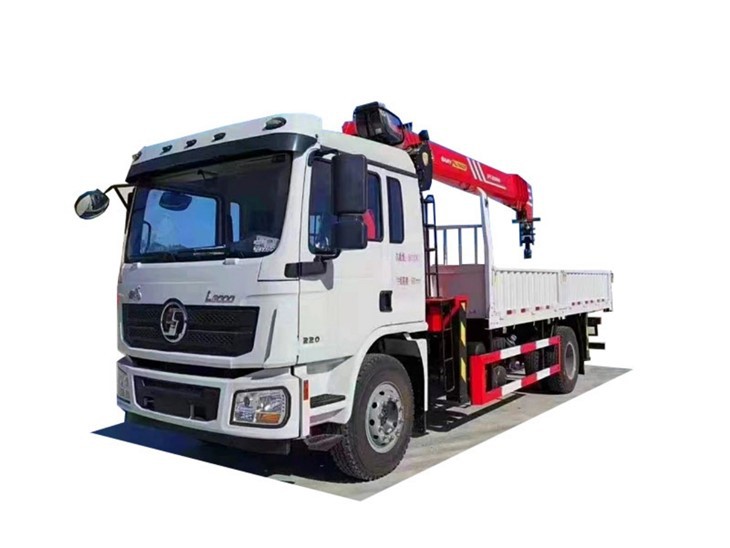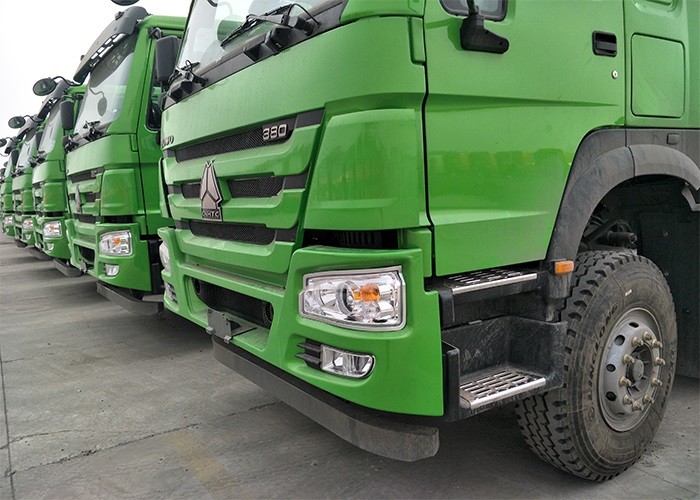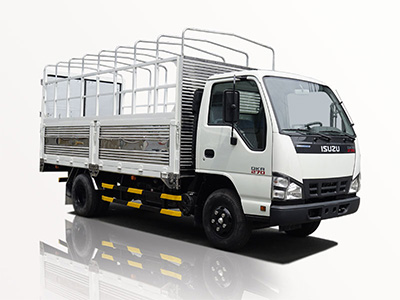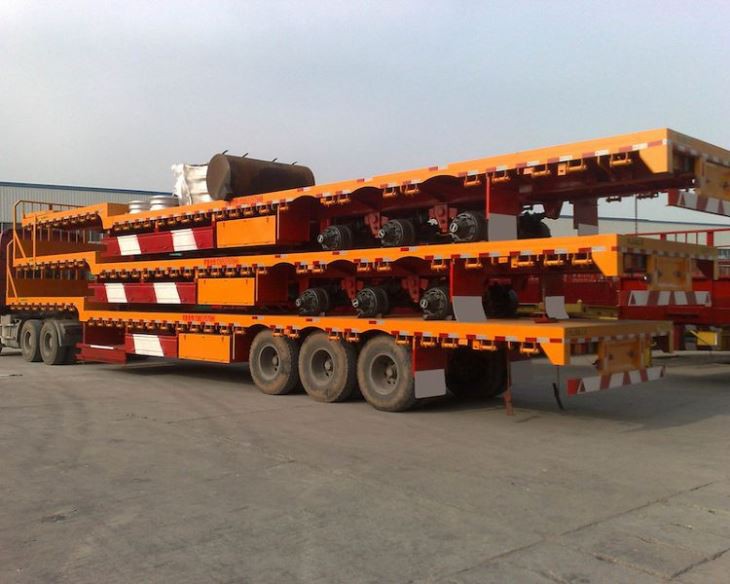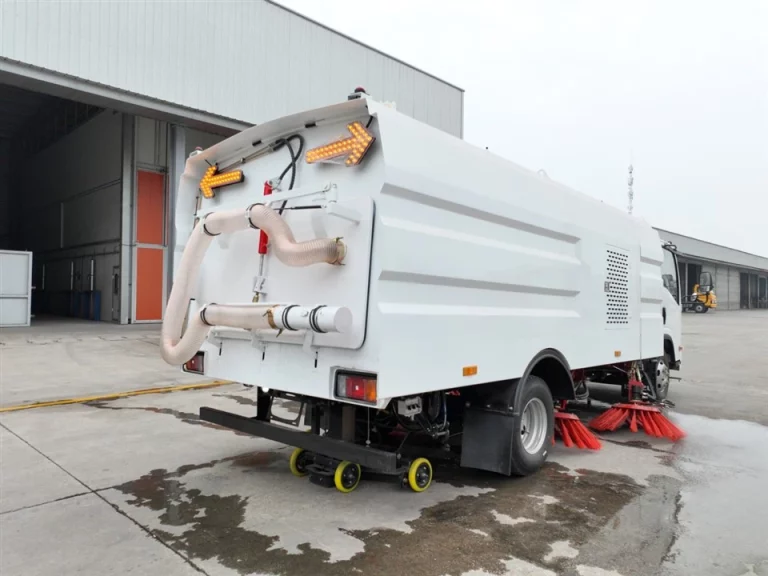Introduction
In the realm of heavy-duty trucks and equipment, the term PTO, or Power Take-Off, plays a crucial role in enhancing functionality and efficiency. But what exactly is PTO on a truck, and why is it significant for various applications? This article will offer an in-depth understanding of PTO, including its mechanics, applications, benefits, and various types. We’ll also provide practical examples, tips for maintenance, and frequently asked questions to help you gain a comprehensive insight.
Understanding PTO: Definition and Functionality
What Does PTO Stand For?
PTO stands for Power Take-Off. It is a mechanical device that transfers power from the engine of a truck to auxiliary equipment. This system allows trucks to power various attachments and accessories without relying on the engine’s primary function of moving the vehicle.
How Does PTO Work?
The PTO system typically engages directly with the truck’s transmission or engine, drawing sufficient power to run hydraulic pumps, generators, and other equipment. When activated, a simple lever or switch can engage the PTO, which in turn powers hydraulic motors or other equipment, allowing them to function efficiently.
Types of Power Take-Off Systems
There are mainly two types of PTO systems used in trucks:
- Mechanical PTO: This type uses gears to transfer power from the transmission. It’s ideal for high-load applications.
- Hydraulic PTO: This type uses hydraulic fluid pressure and is more common in applications requiring smooth, variable speed operations.
Key Applications of PTO on Trucks
Common Uses of PTO
PTO systems are highly versatile and can be found in various industries and applications. Some common uses include:
- Dump Trucks: PTO powers the hydraulic pump that lifts the dump bed.
- Concrete Mixers: PTO powers the drum to mix concrete on-site.
- Snow Plows: PTO can operate the blade for snow removal.
- Refrigerated Trucks: It can operate refrigeration units from the truck’s engine.
How PTO Enhances Efficiency
The use of a PTO allows trucks to efficiently utilize their engine power for various tasks, reducing the need for additional equipment and lowering overall operational costs. By leveraging the truck’s existing power source, businesses can improve productivity with less downtime.
Benefits of Using PTO on Trucks
Enhanced Versatility
PTO-equipped trucks can adapt to multiple roles, providing significant return on investment. This versatility is particularly beneficial for businesses that offer various services.
Increased Productivity
Using PTO allows for simultaneous operations. For instance, a truck can transport materials while simultaneously operating equipment like a crane or hydraulic lift, minimizing the time required for job completion.
Cost Efficiency
Implementing PTO can eliminate the need for additional engines or equipment. This can significantly reduce fuel costs, repair costs, and maintenance expenses, leading to long-term savings.
How to Maintain PTO Systems
Regular Inspections
Regular inspections of PTO systems are essential to ensure optimal performance. Inspect for:
- Damage or wear on the PTO components.
- Hydraulic leaks or fluid levels.
- Securing loose bolts and connections.
Lubrication
Consistent lubrication of the PTO inspection points is crucial. Always use the correct type of lubricant as specified by the manufacturer to prevent wear and overheating.
Check the Hydraulics
For hydraulic PTO systems, ensure that hydraulic fluid is clean and at the appropriate level. Check for any degradation signs in hydraulic hoses and connections.
Practical Considerations When Using PTO
Compatibility Issues
Ensure that any attachment you plan to use with a PTO-equipped truck is compatible. Consult the manufacturer’s specifications to avoid mechanical issues.
Proper Training
Operators should undergo training to understand how to safely activate, engage, and use the PTO. Knowledge of the system’s limitations is essential for safe operation.
Monitoring Engine Load
Exceeding the engine’s load capacity while using PTO can lead to damage. Monitor the truck’s performance and adjust PTO usage as necessary to prevent unnecessary strain.
Installation Considerations
When installing a PTO, always follow the manufacturer’s guidelines to ensure proper integration with the truck’s systems. Hiring a professional is advisable for complex installations.
PTO Sizing and Selection Guide
| Application | Recommended PTO Type | Power Requirement |
|---|---|---|
| Dump Truck | Mechanical | High |
| Concrete Mixer | Hydraulic | Medium |
| Snow Plow | Hydraulic | Low |
| Refrigerated Truck | Hydraulic | Variable |
Tips For Choosing The Right PTO
Identify Your Needs
Before selecting a PTO, assess the specific functions your truck will perform. Understanding the required power and type of equipment will help in making the right choice.
Consult Experts
Always consult with industry experts or manufacturers when making a decision. They can provide invaluable insights on the best PTO configurations for your truck.
Evaluate the Truck’s Weight Capacity
Ensure that the PTO and any attached equipment do not exceed the truck’s weight limits. Overloading can lead to severe damage both to the truck and the PTO system.
FAQ About PTO on a Truck
1. What is the purpose of a PTO on a truck?
The purpose of a PTO is to transfer engine power to auxiliary equipment, allowing the truck to perform various tasks beyond basic transportation.
2. Can any truck have a PTO?
Not all trucks are equipped with a PTO system. You must select a truck designed for PTO compatibility based on your operational needs.
3. How do I know if my PTO is malfunctioning?
Signs of a malfunctioning PTO can include unusual noises, leaking fluids, or failure to power auxiliary equipment. Regular inspections can help identify these issues early.
4. How often should I maintain my PTO system?
PTO systems should be inspected regularly and maintained according to the manufacturer’s specifications, typically every 500 operating hours or after intensive use.
5. Can I install a PTO myself?
While experienced individuals may handle the installation, it is recommended to consult a professional to ensure proper installation and avoid potential issues.
6. What types of attachments can I use with PTO?
PTO can power a wide range of attachments, including hydraulic pumps, compressors, and various types of equipment suited for your industry.
